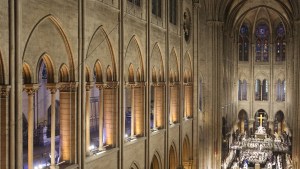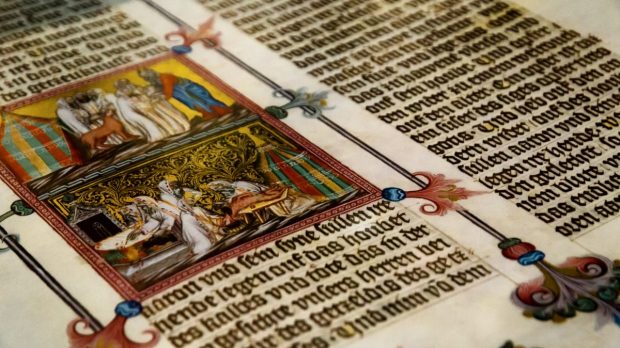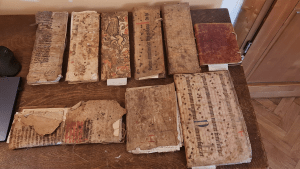If you are into medieval manuscripts, you have heard of Dr. Jörn Günther Rare Books, one of the leading private dealers in medieval and Renaissance manuscripts, miniatures, and rare prints in general. This Christmas, the gallery in Basel (Switzerland) will exhibit some extremely rare, unique examples of illuminated medieval manuscripts and early printed Renaissance books.
According to the note published by Medievalists.net, the exhibition will include the famous Histoire Ancienne(an exceptionally decorated chronicle that scholars assume was made for the French king at the end of the 14th century), the Flemish masterpiece The Crawford Book of Hours (illustrated by the “Prayerbook Master” around the year 1500), and a rare Flemish psalter from the 13th century.
The Christmas Exhibition will be open from December 6 to 16, Monday to Friday, from 10 a.m. to 12 noon and 2 p.m. to 5 p.m., at the Dr. Jörn Günther Rare Books Gallery in Basel. But for those who are not in Switzerland, the website includes almost every one of the items they have on sale (including the aforementioned manuscripts), so you can take a free look.
Why are medieval manuscripts referred to as “illuminated”?
Early copyists would leave spaces in the margins of medieval manuscripts for further commentaries and annotations that could be related to the text itself, to the translation, or to include some indications for the readers. Sooner or later these commentaries were accompanied by miniature illustrations and illuminated initials that conveyed some important allegorical messages not easily transmitted in writing.
These often-sumptuous books are described as “illuminated” for a rather straightforward reason: They are literally “lit up” (that is what the Latin illuminare means) with either gold or silver leaf, or with the brightness of the colors applied to the decorative motifs.



